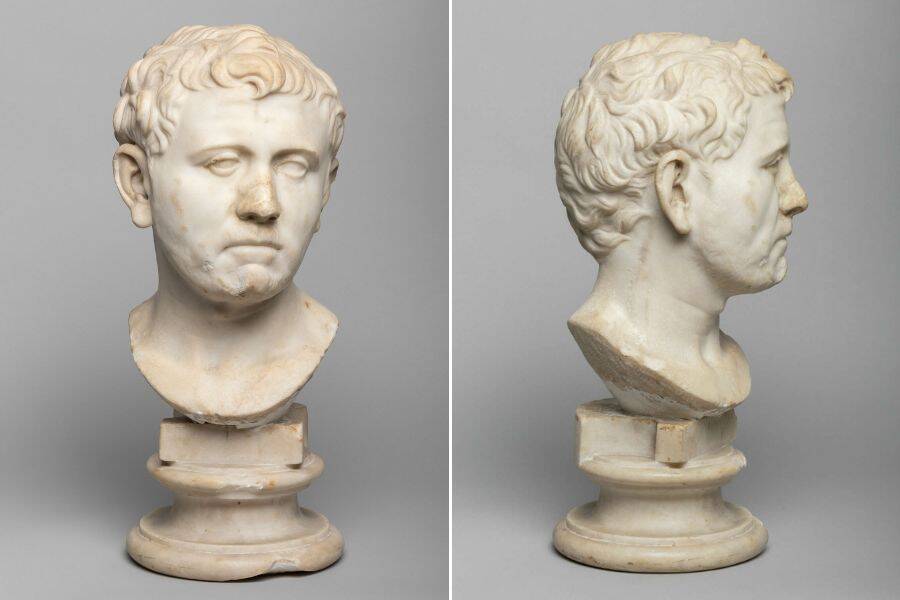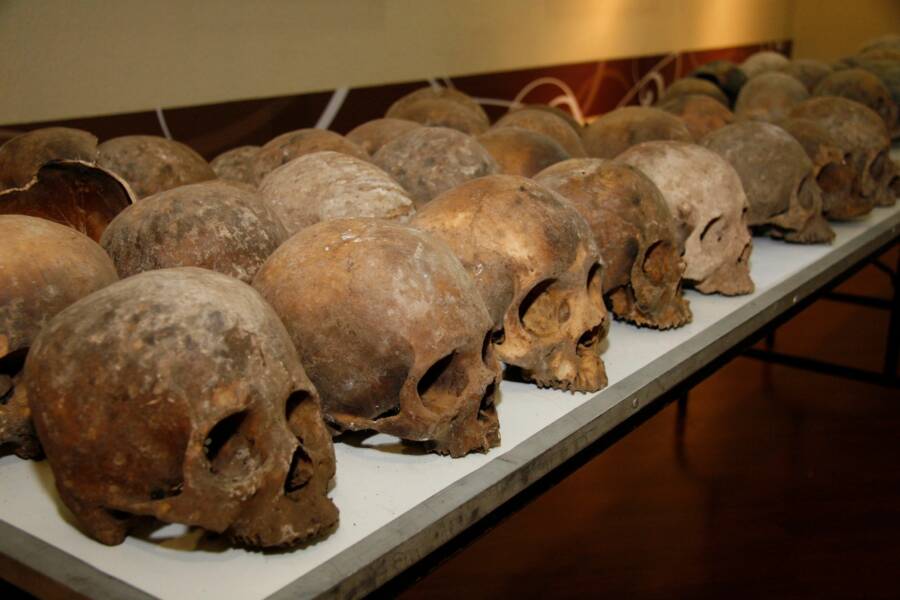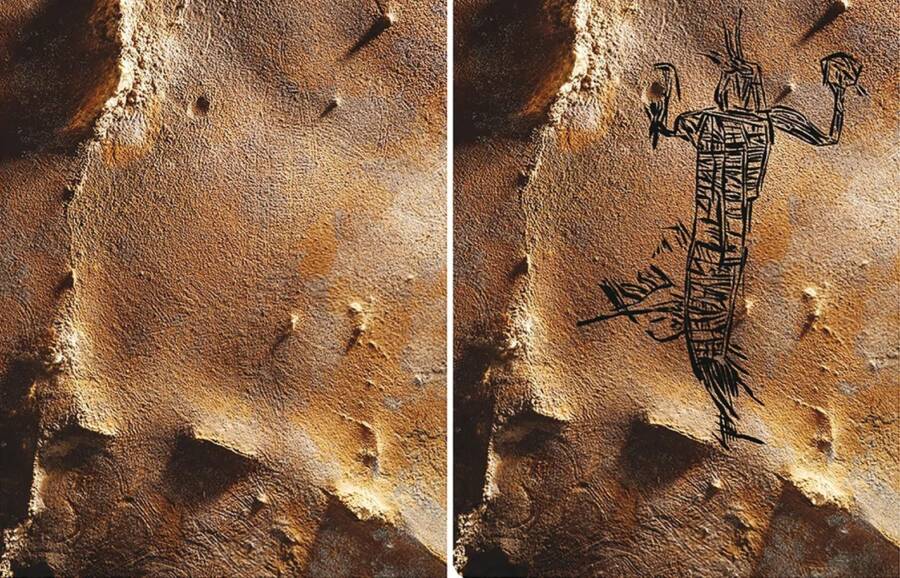Ancient Roman statue found at Goodwill, skulls from ritual sacrifice unearthed in Mexico, largest North American cave art discovered.
Statue Purchased At A Texas Goodwill For $34.99 Turns Out To Be A Looted Roman Artifact

San Antonio Art MuseumThe bust is thought to date to the late first century B.C.E. or the early first century C.E., and likely depicts one of two Roman leaders active during that time.
Experts have analyzed a statue that a woman bought at Goodwill and determined that it’s actually a 2,000-year-old Roman bust that was looted during World War II. In 2018, Laura Young, a collector and reseller of vintage items, was shopping in Austin, Texas, when she stumbled upon the 50-pound marble statue “on the floor, under a table.”
But once Young got it home, she realized that it may have been even older than she thought. So she contacted several art historians and auction houses to learn more about it. Then, researchers discovered images of it in a 1930s catalog from a Bavarian museum founded in the 19th century by King Ludwig I. They soon determined that the bust was likely looted by an American soldier and illegally brought back to the U.S. before it ended up at Goodwill over seven decades later.
Read on here.
Archaeologists Just Discovered That 150 Skulls Found In A Mexican Cave Came From A Human Sacrifice In 900 C.E.

Chiapas State AttorneyMexican police officers believed they had found evidence of mass murder when they found 150 skulls in the Comalapa Cave in 2012.
When Mexican police officers entered a cave in the municipality of Frontera Comalapa in 2012, they couldn’t believe their eyes. The subterranean site in the state of Chiapas held 150 skulls and other human remains, and authorities immediately assumed it was a modern crime scene. After a decade of research, however, experts have concluded that the bones are pre-Columbian.
Dated to the Early Postclassic period from 900 to 1200 C.E., the skulls belonged to men, women, and infants who were ritually beheaded — and displayed on a sort of “trophy” rack called a tzompantli.
Learn more here.
The Largest-Known Indigenous Cave Art In North America Was Just Discovered In Alabama

Photograph by S. Alvarez; illustration by J. SimekThe glyphs are different from other American cave art examples, though researchers see familiar themes.
For hundreds of years, the largest-known cave art images in the United States hid in plain sight. Made of mud and drawn onto a low ceiling 1,000 years ago, the figures were difficult to discern with the naked eye. But a new study using a technology called 3D photogrammetry has revealed these ancient images in shocking detail.
See more of this discovery here.





